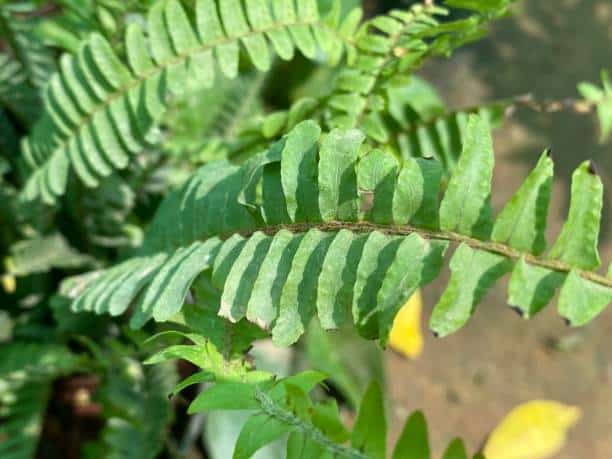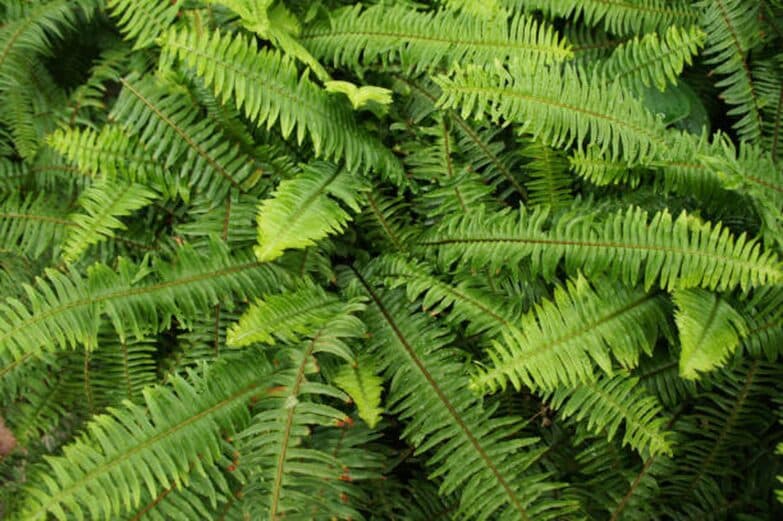A rising star in the world of houseplants, the Kimberly Queen Fern, also known as Nephrolepis obliterata, is known for its lush, vibrant green fronds that retain their beauty all year round. Aptly named, the Kimberly Queen Fern truly reigns supreme in both indoor and outdoor settings. This article provides a comprehensive guide to understanding, nurturing, and enjoying these regal beauties in your home or garden.
Understanding the Kimberly Queen Fern
Before delving into how to care for this royal fern, let’s look at its unique characteristics.
Appearance
Kimberly Queen Ferns are perennials with upright fronds that are more compact and sturdy compared to other fern varieties. This makes them less likely to shed their leaves indoors and contributes to their all-year-round beauty. Their fronds can reach up to 3 feet in length, making them a striking addition to any space.
Origin
The Kimberly Queen Fern originates from Australia and is naturally adapted to a tropical environment. Despite this, it exhibits a surprising resilience that allows it to flourish in a variety of climates, from balmy tropics to temperate regions.
Caring for Your Kimberly Queen Fern Indoors
With the right conditions and care, your Kimberly Queen Fern will thrive indoors.
Light
Your fern prefers indirect sunlight. Placing it near a north or east-facing window would be ideal. Avoid direct sunlight as it can scorch the fronds and cause them to lose their lush green color.
Temperature and Humidity
Being a tropical plant, the Kimberly Queen Fern prefers warmer temperatures, ideally between 60-75°F. It also thrives in high humidity. If your home’s humidity is low, consider placing a humidifier near the plant or setting the plant on a tray of pebbles filled with water.
Watering and Feeding
Just like any other plant, your fern requires appropriate watering and feeding to stay healthy.
Watering
The Kimberly Queen Fern prefers its soil to remain evenly moist but not waterlogged. Overwatering can lead to root rot. It’s best to water the plant thoroughly, allowing the water to drain out the bottom, and then allowing the top inch of soil to dry out before watering again.
Feeding
Feed your Kimberly Queen Fern with a balanced, water-soluble fern fertilizer every four weeks during the growing season (spring through early fall). Reduce the feeding to every 8 weeks during the dormant winter period.
Maintaining Your Kimberly Queen Fern

Regular maintenance will ensure your fern continues to reign supreme in your home.
Pruning
Prune your Kimberly Queen Fern by cutting off any old fronds that are browning or dying back. This will not only help the plant maintain its appearance but will also promote the growth of new fronds.
Repotting
Repot your fern every 2-3 years or whenever it becomes root-bound. Use a pot that’s one size larger than the current one and a well-draining potting mix.
Troubleshooting Common Problems
Even the hardy Kimberly Queen Fern can encounter a few problems.
Browning Fronds
If your fern’s fronds are browning, this could be due to low humidity, under or overwatering, or exposure to direct sunlight. Adjust the plant’s conditions accordingly to address the issue.
Pests
Common houseplant pests like spider mites, aphids, and mealybugs may attack your fern. If you notice pests, remove them manually or use an appropriate insecticidal soap or spray.
Conclusion
Kimberly Queen Ferns, with their lush, vertical fronds, make a beautiful and low-maintenance addition to any indoor space. By providing them with the appropriate care and conditions, these regal plants will truly flourish, living up to their name as the indoor plant that reigns supreme.

